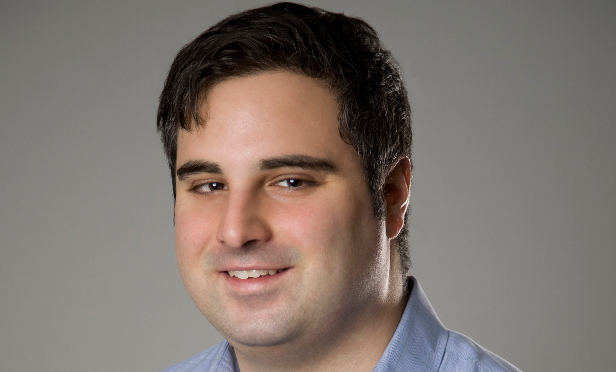
IRVINE, CA—Plateauing hotel occupancy, coupled with the outlook of rising supply in many markets, has dampened revenue and returns expectations, causing pricing in this sector to stagnate, Ten-X's senior quantitative strategist Chris Muoio tells GlobeSt.com. As we recently reported, according to the firm's December 2017 Hotel Nowcast, hotels also saw a pricing increase in December, and although in contrast to the steady gains made by retail, lodging values have seen their monthly ups and downs. For December, the Hotel Nowcast was up 0.8% and is now up 2% Y-O-Y in its strongest reading since last May.
Ten-X reports that improving consumer and business travel indicators, a weaker dollar—which makes US travel cheaper for foreigners—and improved economic conditions abroad, have all helped hotel pricing to plateau following acute weakness. That said, the threat of increased development means pricing is threading a course through conflicting supply-demand signals.
We spoke with Muoio about the factors influencing fluctuating hotel pricing and how he sees them playing out.
GlobeSt.com: What factors are influencing hotel pricing the most right now?
Muoio: The factor most influencing hotel pricing is fundamentals. Occupancy has plateaued over the last two years, and room-rate growth has decelerated markedly from its peak pace two years ago. This, coupled with the outlook of rising supply in many markets, has dampened revenue and returns expectations, causing pricing to stagnate. Interest rates rising and putting further upward pressure on cap rates has also contributed, but to a lesser degree.
GlobeSt.com: What do you predict will be the upshot of the various influences?
Muoio: We do not anticipate either of these trends reversing in the near-term, so we expect pricing to remain constrained for the foreseeable future.
GlobeSt.com: How are the factors influencing hotel pricing different from those influencing other CRE sectors?
Muoio: The factors influencing hotel are not actually all that different from other sectors. While its supply pipeline may be more robust and causing its slowdown in RevPAR, all CRE sectors are seeing decelerating NOI growth at this time and grappling with upward pressure in interest rates. The CRE cycle is diverging and slowing down while the economic cycle has remained robust.
GlobeSt.com: What else should our readers know about hotel sales?
Muoio: One of the key points readers should know is that the national statistics are being weighed down by the large trophy markets. These markets are seeing the heaviest supply pipelines and the starkest slowdowns in fundamentals. They also were the primary beneficiaries of foreign money flows, which were robust earlier in the cycle but have really tempered in recent years. Not all markets are undergoing the same phenomena, however, and fundamentals and pricing may be holding up better in smaller, more secondary markets.
© 2025 ALM Global, LLC, All Rights Reserved. Request academic re-use from www.copyright.com. All other uses, submit a request to [email protected]. For more information visit Asset & Logo Licensing.







